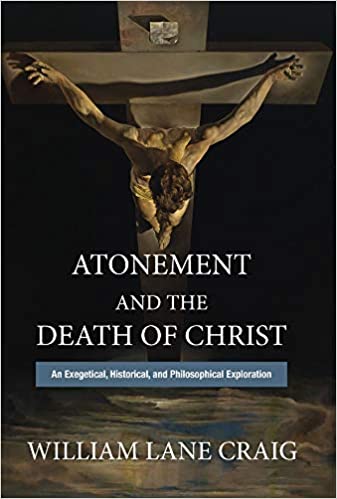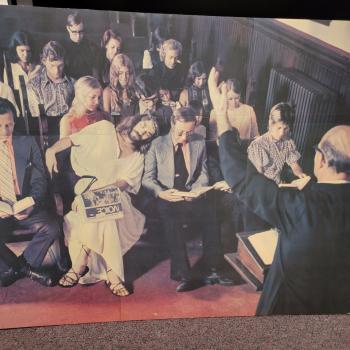Q. In the detailed study of the Servant Songs by Childs and others, it is recognized that in the early portion of those passages—- from about Isaiah 40 to about Isaiah 51, the servant in question is the nation of Israel, not a particular Israelite. As Childs goes on to point out however, somewhere around Isa. 52 or a little earlier the reference becomes to a particular individual. Thus, one has to be careful how one handles the earlier passages. Yes, Israel the nation was supposed to be a light to the nations. This would include the suffering servant later referred to but the earlier part of those Servant songs do not refer to him specifically. See my Isaiah Old and New. We have to be careful how we parse these things on the basis of good detailed exegesis. Reflections?
A. My focus is on the NT deployment of Is 52.13-53.12, not on the identity of the Servant figure in Isaiah itself. Whomever Isaiah was referring to, nation or individual, what is indisputable is that the NT authors, and Jesus himself, saw Jesus as the suffering Servant of Isaiah 53 and interpreted his death in that light. The significance of the earlier universalistic passages in Isaiah is that they make it plausible that Jesus saw his death as a sacrifice given not only for Israel but also for the Gentiles.
Q. Explain to the readers the distinction between substitutionary death and substitutionary punishment. The animal is not being punished in the place of the sinner, it is being sacrificed unto death in the place of the death of the sinner. Here I agree with your critique of N.T. Wright. Since the blood=life of the animal is offered on the altar, on your view that would be necessary because it’s not just that sin must be dealt with but the life of the person in question must be re-offered to God (ala Rom. 12.1-2). So, both sacrificial death and offering of life blood are necessary as substitutes for the sinner. Right?
A. This distinction is so important because failure to differentiate between substitutionary suffering and substitutionary punishment has led scholars like N.T. Wright to deny that the animal’s life was given in place of the offerer’s. That the animal was a substitute for the offerer is evident from the hand-laying ritual that accompanied every animal sacrifice. The animal died in place of the offerer. But that doesn’t imply that the animal was punished in his place. Rather the animal suffered the fate that would have been the offerer’s punishment had it been inflicted on him. (Failure to gasp this counterfactual conditional will inevitably lead to misunderstandings.) I should say that the animal’s death was required because the punishment deserved by the offerer was death. The implausibility of Wright’s view that only the blood rite, but not the death, was required may be seen by the fact that on his view ancient Israel could have practiced blood-letting of animals rather than sacrifice, since drawing and applying some their blood would have atoned for sin and impurity!

















